The Volkswagen ID Buggy concept has made its off-road dynamic debut at the Pebble Beach Concours d'Elegance during Monterey Car Week in California, US.
Images show the Meyers Manx-inspired electric two-seater accelerating across a sandy beach and on static display with the original Beetle-based model from the 1960s.
First shown at the Geneva motor show in March, the ID Buggy is built on the Volkswagen Group’s MEB electric architecture, which will first be put into production with the ID 3 hatchback later this year.
While a production version of the ID Buggy has yet to be confirmed, it is now being investigated. Low-volume, low-cost production start-up e.Go Mobile, which has become the first company to license the MEB platform for its own models, is in the running to engineer and build the ID Buggy on behalf of Volkswagen, according to Volkswagen sales and marketing boss Jürgen Stackmann.
Speaking at Geneva, Stackmann also confirmed that the ID Buggy was “feasible as you see it” for production. “It’s not a show car, it’s pre-designed for readiness”, he added on the machine, which may or may not wear a Volkswagen badge in production.
Design chief Klaus Bischoff told Autocar the intent of the machine, which is described as "70% production ready", is to prove that electric cars can be fun. Stackmann said the design would be undertaken by Volkswagen, along with the supply of the hardware, with the engineering and production undertaken by e.Go Mobile.
The ID Buggy features a 202bhp, 228lb ft rear-mounted electric motor, offering 0-62mph in 7.2sec and a top speed of 99mph. Energy comes from a 62kWh battery, giving a range of around 155 miles on the WLTP test cycle.

The rear-wheel-drive drivetrain echoes the Beetle drivetrain from the original buggies, but Volkswagen said that, as with other ID models, a motor could be fitted to the front axle to provide all-wheel drive.
The ID Buggy is 4063mm long, 1890mm wide and 1463mm tall, making it marginally shorter, wider and lower than the ID 3. It has a 2650mm wheelbase and a ground clearance of 2400mm and sits on 18in wheels with large off-road tyres. The concept is a two-seater, but two rear seats could potentially be added.

Bischoff called the Buggy a “modern, retro-free interpretation”. He added: “We wanted something that has the spirit of the original buggy, but it also had to be a fresh, new design.”
The large front bumper and round LED headlights echo the Meyers Manx buggy, with the bodywork dropping at the sides. The front windscreen is free-standing, while the high rear end features a targa-style roll bar.
There are no doors, with the side instead dipping to make for easier access, and no roof. A detachable cover had been developed for the concept to protect from sun or rain. The eventual production version is likely to have a more secure detachable cover for the roof and sides.
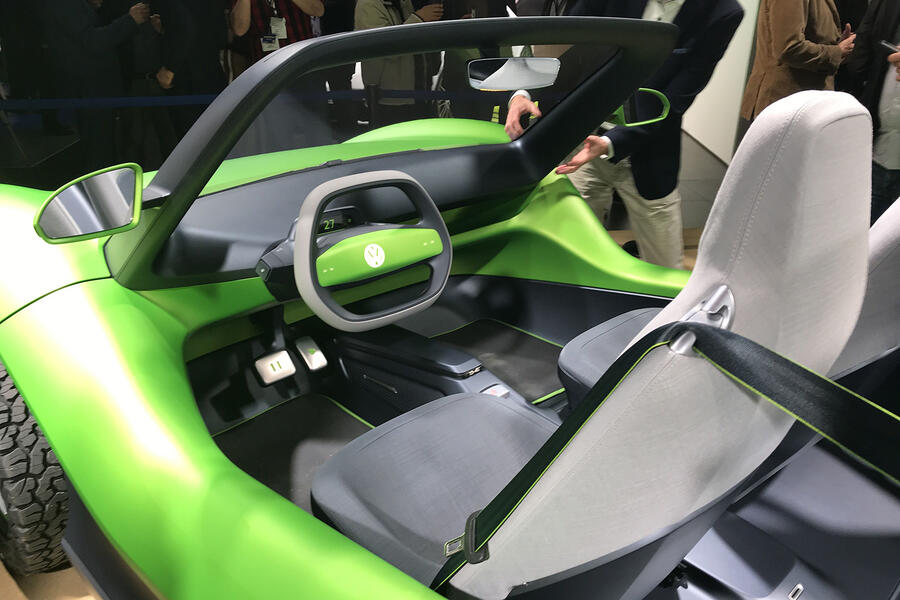
The minimalist interior makes extensive use of durable, waterproof materials, including waterproof cloth seats with drains at the the bottom to ensure water does not pool in the seats.
Virtually all the controls are built into the hexagonal steering wheel. A controller stalk on the side of the wheel is used to select drive and engage the handbrake. There is a small digital information screen located behind the wheel, but there is no built-in infotainment or autonomy systems.
“The Buggy is all about going back to basics,” said Bischoff. “We wanted to show that there will be a place for simple, fun cars in the future.”
With no infotainment system, music can be played through built-in speakers using a smartphone connected via Bluetooth.

The car’s mixed aluminium, steel and plastic composite bodywork is self-supporting and can be removed from the MEB chassis. Bischoff said the aim is for external firms such as e.Go to develop their own bodywork, with Volkswagen providing the MEB chassis. Volkswagen could also build the car according to other firms' designs around its MEB chassis.
He added: “The original buggy was developed by small companies using the Volkswagen Beetle, and we’re excited to see what firms can come up with. There is a long history of Volkswagen cars being turned into amazing machines by other firms.”
While the ID Buggy is a relatively niche machine, Bischoff said that the firm will be able to justify producing it in relatively small numbers because it can benefit from the economies of scale of the other ID cars on the MEB platform. “We need to sell hundreds of thousands of something to justify production,” said Bischoff. “We can do that with the ID hatch, and that allows us to make machines like the Buggy too.”
There is no firm date for the Buggy to go into production, but it will likely be after the more mainstream ID concepts that have been revealed. Following the hatch will come production machines based on the Crozz SUV, Buzz van and Vizzion saloon. Another SUV and a production version of the ID Roomzz concept are also planned.

The Buggy is part of Volkswagen’s ‘reinvention’ of some of its classic models, which also include the Volkswagen Transporter-inspired Buzz. Bischoff has previously confirmed that the firm is evaluating an ID-based reinvention of the Beetle, and he said several other similar models are being considered.
As well as showcasing the ID Buggy at Geneva, Volkswagen is previewing its plans for a mobile charging station service, which it says is close to production and planned to go into service in 2020.
The system works on the principle of a powerbank, similar to that used to charge smartphones, albeit on a much larger and powerful scale, with charging capacity of up to 360kWh. Volkswagen said the system will allow for charging points to be installed in temporary locations where there is demand, such as music festivals, and could potentially use recycled batteries from old ID models.
Read more
Volkswagen ID Crozz: 2020 electric SUV spotted testing​
Volkswagen Roomzz concept previews 2021 Model X rival​


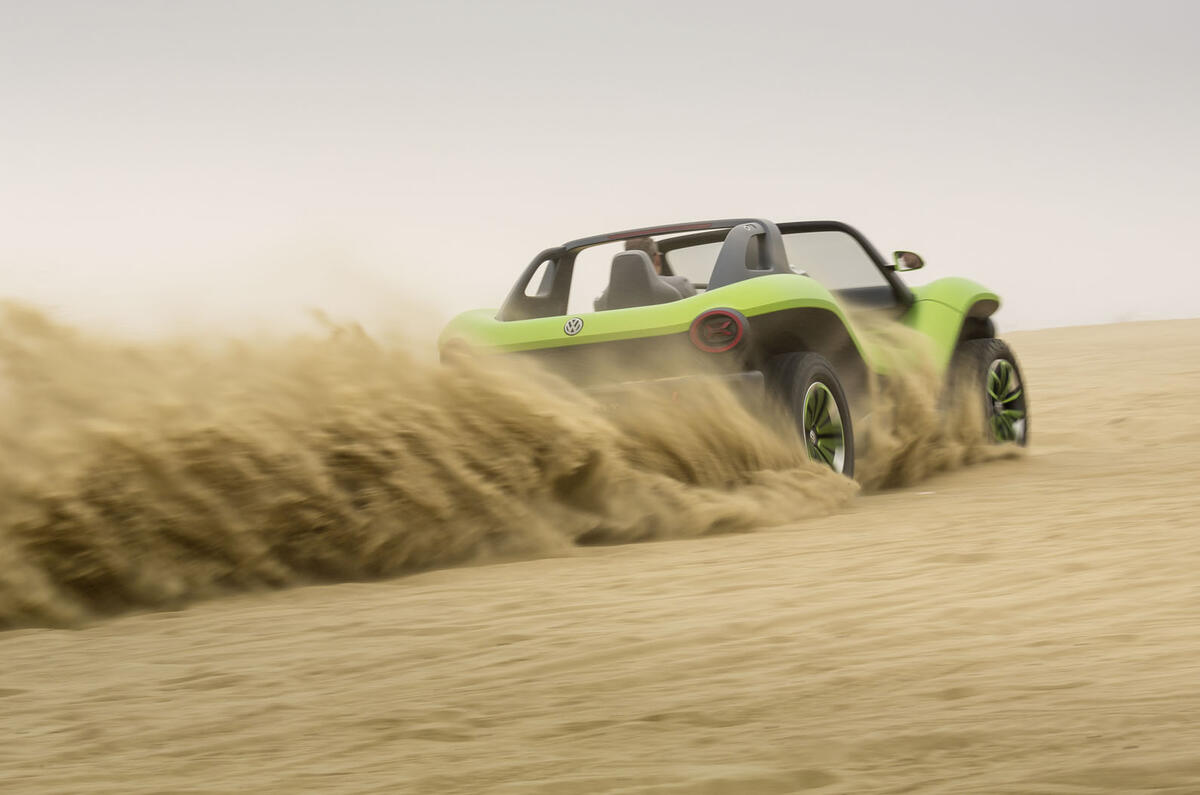
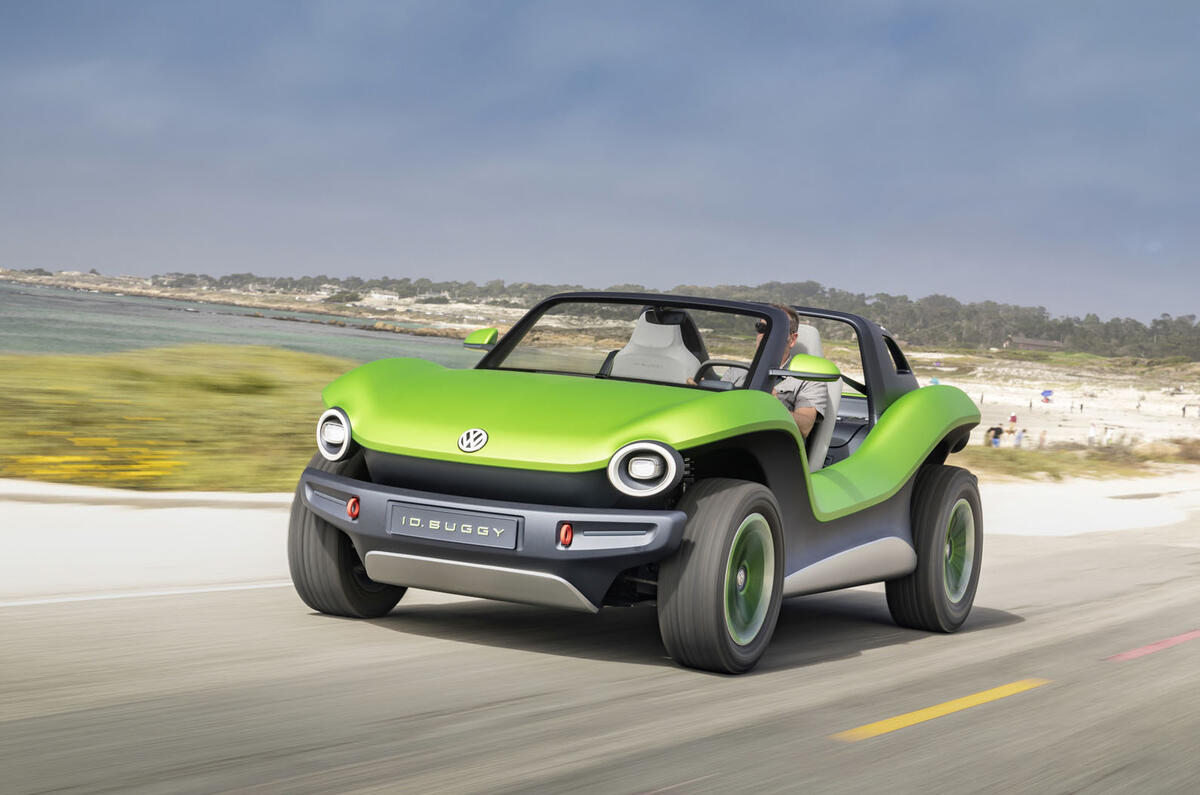


















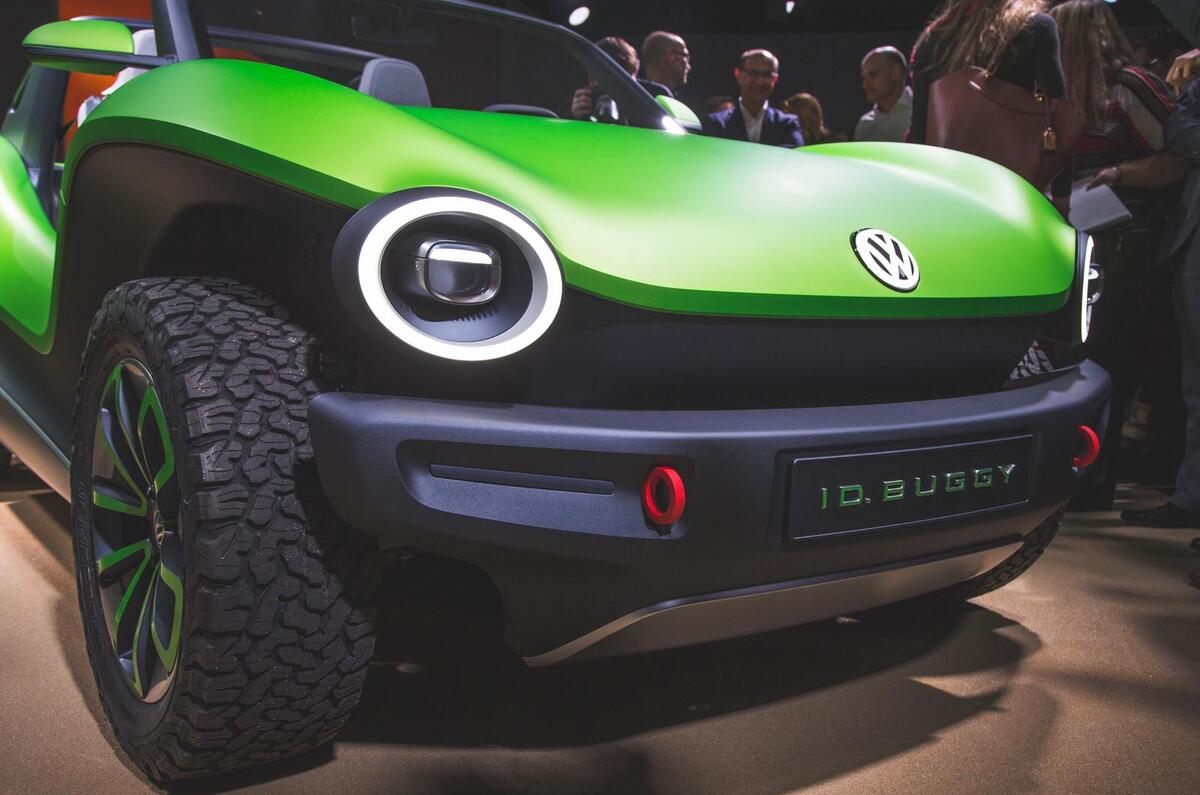
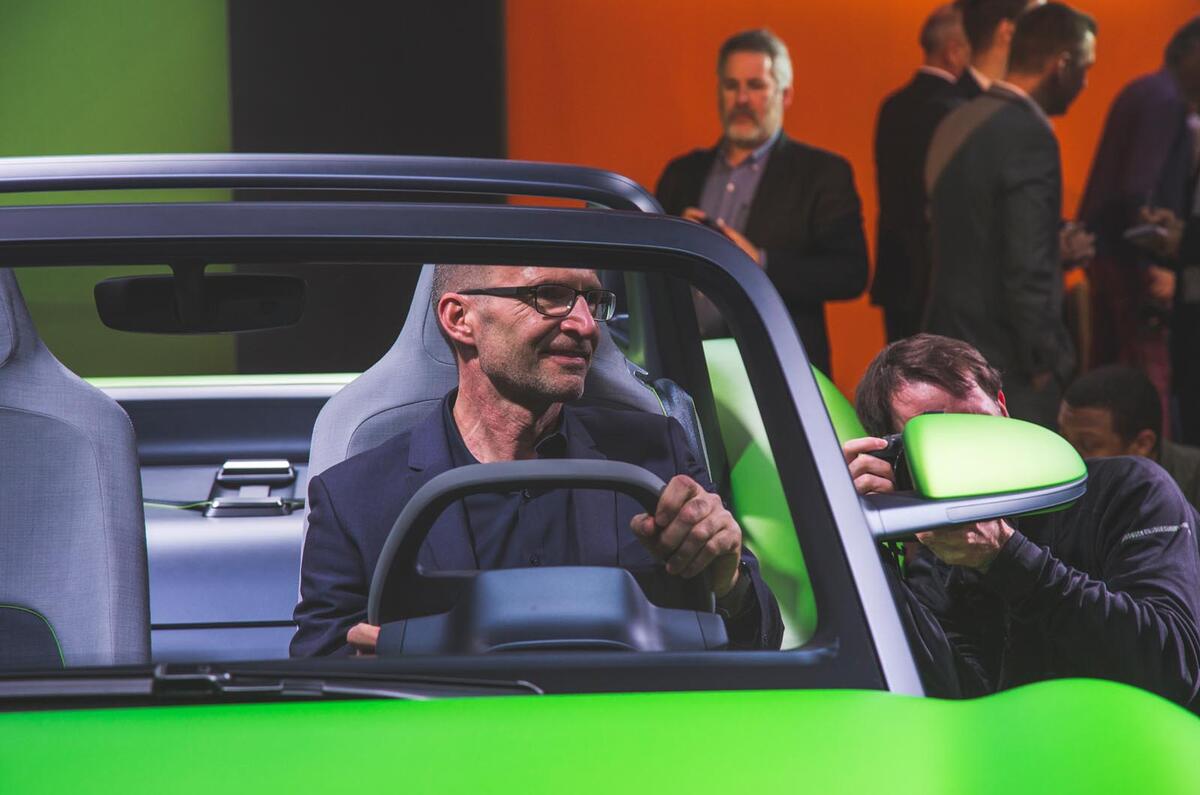







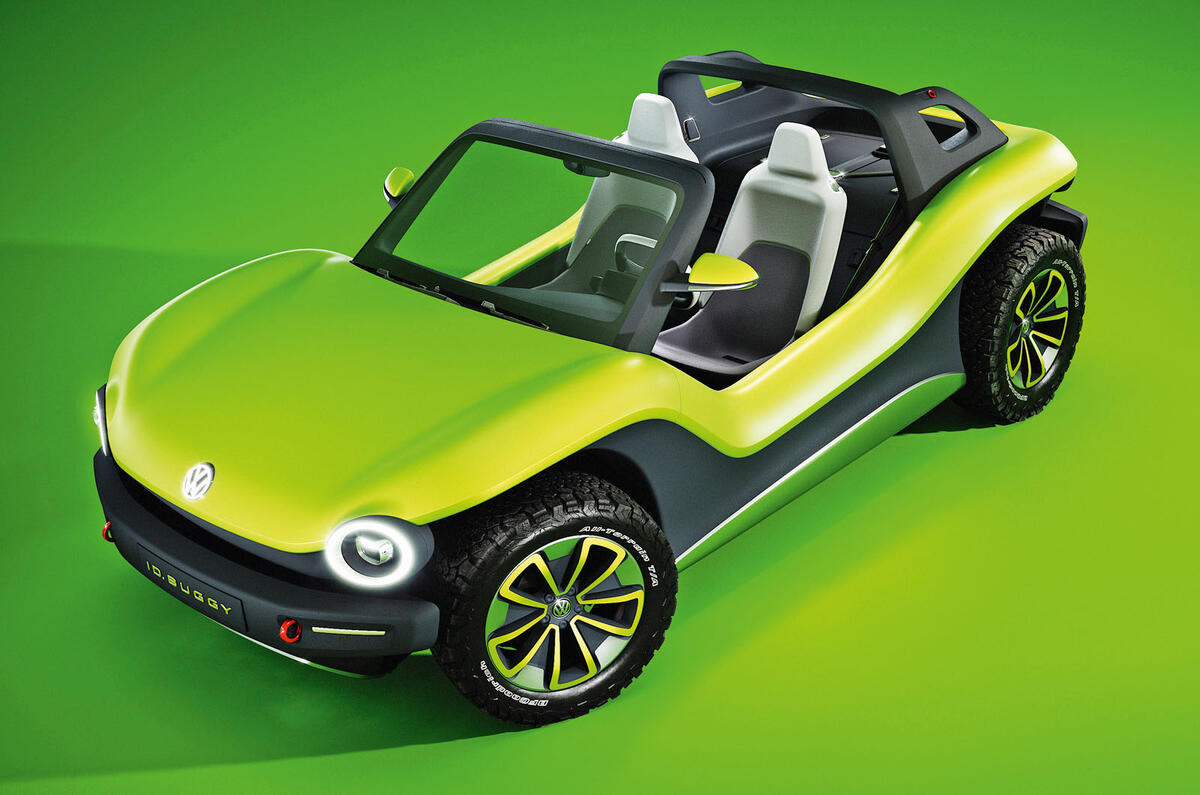



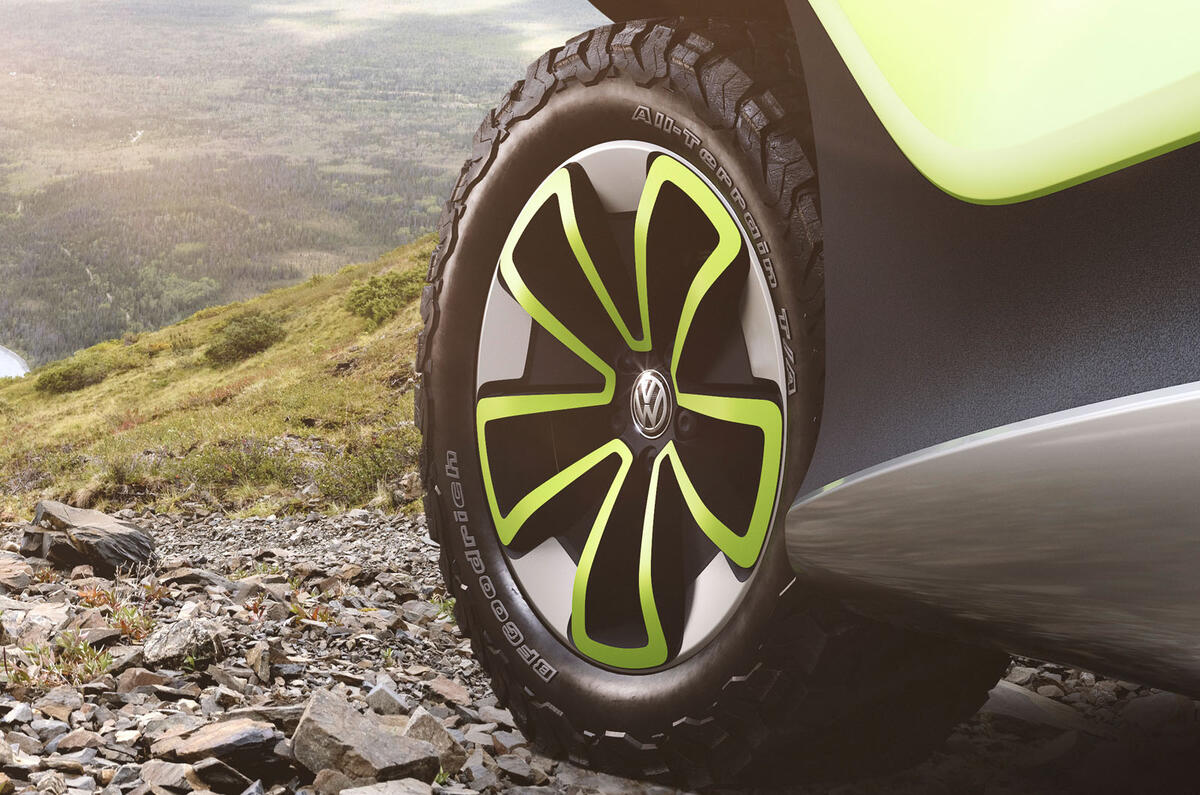




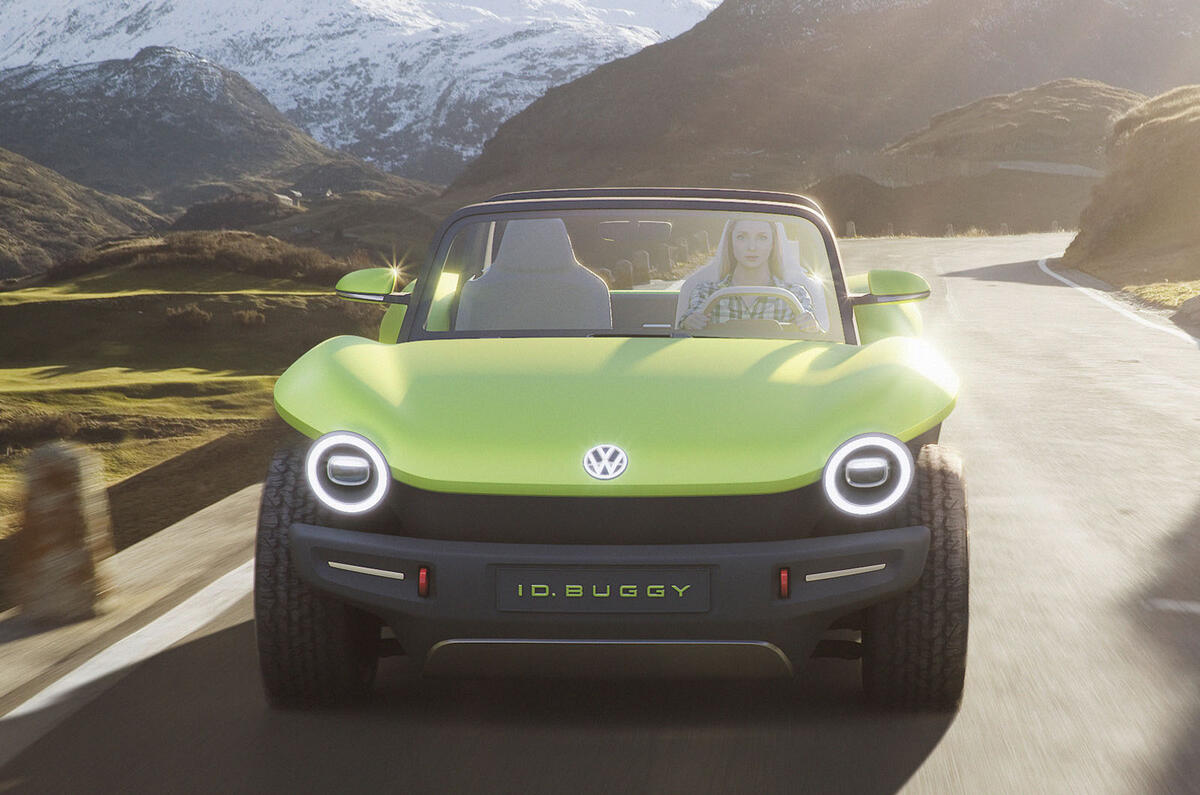







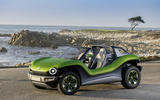
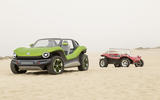







































Join the debate
Add your comment
Why couldn't we have this before?
"The minimalist interior makes extensive use of durable, waterproof materials, including waterproof cloth seats with drains at the the bottom to ensure water does not pool in the seats."
“The Buggy is all about going back to basics,” said Bischoff. “We wanted to show that there will be a place for simple, fun cars in the future.”
There has always been a place for simple, fun cars, yet no manufacturer has ever come up with anything, car or SUV, designed to these ideals. Instead we get chinzy, overcomplicated stuff festooned with ever more distracting electronics. I'm not sure why it has taken the prospect of electric propulsion to realise this.
hmmmm
Lotus considered making the Elise without doors, but it would have had to have a side step because of the sill height. How's this going to fare with actual type approval? What happened to the ones Lee Noble was working on?
Whatever anyone says about
Whatever anyone says about the thing as a whole, the pedals are a lovely touch.